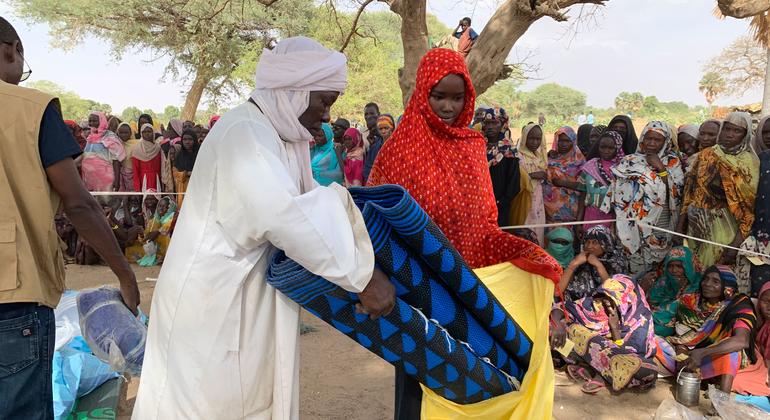Telemedical abortion – the home use of abortion pills following remote consultation by phone or video call with a healthcare professional – has made abortion more accessible in England and Wales. Research has shown that it is safe and effective, as well as an acceptable option for people seeking an abortion.
After being introduced temporarily during the pandemic, telemedical abortion became permanently lawful in England and Wales in 2022.
However, guidance from the Royal College of Paediatrics and Child Health has encouraged abortion providers to limit young people’s access to telemedicine on the grounds of safeguarding. Our research suggests that this recommendation may be misguided.
In its guidelines, the Royal College recommends that young people should be encouraged to attend clinics in person. They recommend that 13-to-15-year-olds should have in-person care unless there is a compelling reason not to, and that any abortion-seeker under 13 must be seen in person.
This guidance assumes that in-person care is the only way to effectively protect young people and that providers may struggle to ensure the safety and welfare of people needing abortion care if not seeing them in person.
In 2022, we interviewed 20 abortion-care providers to understand their experiences of safeguarding when providing telemedical abortion care, and their confidence in doing so. Our study aimed to ask about protecting adults but the abortion care providers we spoke with discussed under-18s as well.
Improved Access
Healthcare professionals told us that telemedicine had made abortion more accessible for young people, especially those with limited resources. People frequently need to travel some distance to clinics, which can be expensive and tricky for young people who may well be without their own transport. Where appointments are in person, a young person will have to miss a day of school or college, which can be complicated to arrange. One participant said:
Trying to get teenagers to an 8 o’clock appointment, where they’ve got to travel to, it isn’t an easy thing to do, particularly if they’re a really vulnerable young person. They might be living in a hostel, they might not be having any parental support at home. They might have no money. If they miss school it might get them into a huge amount of trouble.
When young people need an abortion, it is important to ensure that they can access timely and safe care. Telemedicine has improved this access. Ultimately, improving access to care also improves safety because it guarantees that the young person has contact with people who can support them.

ponsulak/Shutterstock
Healthcare professionals also told us they tailor safeguarding conversations to young people. Interviewees described how they have individualised conversations with adults and young people to create a safe space to discuss welfare concerns.
The professionals we talked to told us that the nature of the potential risks when a young person seeks abortion vary from case to case. They explained that it is important that all under-18s are not treated the same because they are a diverse group. The kinds of conversations that should be had will always depend on the person seeking abortion care.
Focus on young people
The care providers we spoke with told us young people are comfortable and confident with remote communication using technology. They explained how under-18s feel comfortable accessing care in their own environment, and that some would find talking to healthcare professionals about their safety and welfare more intimidating in a clinic. One said:
[I]n general, it is much easier to build a quick rapport, because you can be just a little bit more open and just immediately friendly. Again, everyone’s always walking into an abortion clinic expecting the worst and expecting to be judged […] I think that’s especially the case for young people. You know, at least older adults will already have had experience of a GP’s surgery and know that people aren’t monsters and so on. But for a teenager, it’s much, much harder. And she may well be fearing what any adult will bring, let alone one who has power over her.
Importantly, having consultations remotely may enable providers to gain more information because of the online interaction. For example, one spoke about being able to see the conditions the young person was living in.
Our study shows that abortion-care professionals have had good experiences of safeguarding young people when communicating remotely. The study also shows the benefits these professionals believe telemedicine has had in improving access for young people. They feel it enables young people to have open and honest conversations about their needs and their welfare.
This suggests that guidance related to the protection of under-18s should not treat in-person abortion care as the gold standard. There will be instances where it might be better for a particular young person seeking abortion care to be seen in person. However, healthcare professionals should be trusted to make these determinations themselves based on their interactions with young people, rather than relying on arbitrary age-based limitations.
Remote care and safeguarding can provide safe and timely abortion care while adequately supporting and protecting young people.




